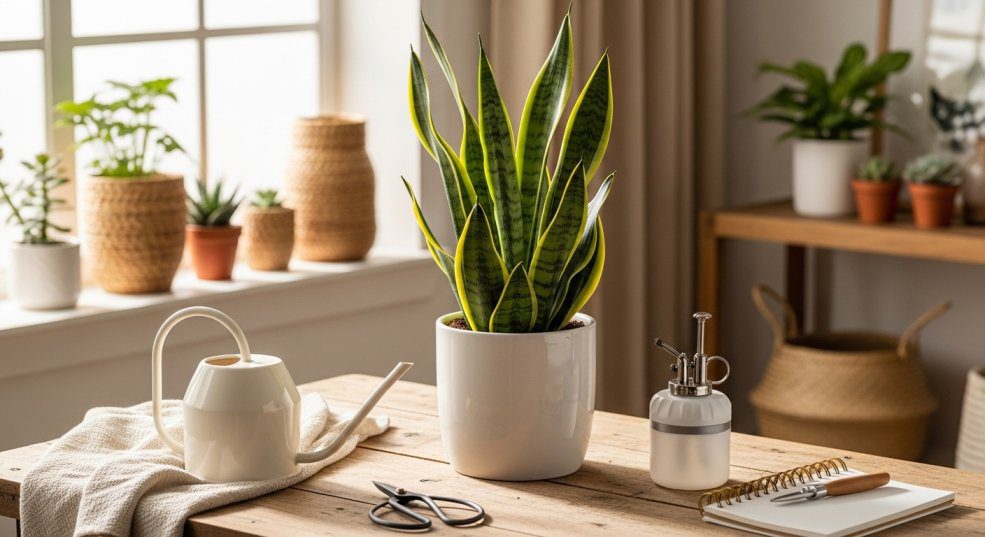
Posted inPlant Care
 plantists
plantists
Your trusted guide for thriving houseplants and confident plant parenting. Whether you’re a beginner or an enthusiast, our expert advice, step-by-step guides, and science-backed tips make plant care easy and enjoyable.

Get expert, science-backed tips delivered weekly to grow thriving, low-maintenance indoor plants—even if you’re a beginner.